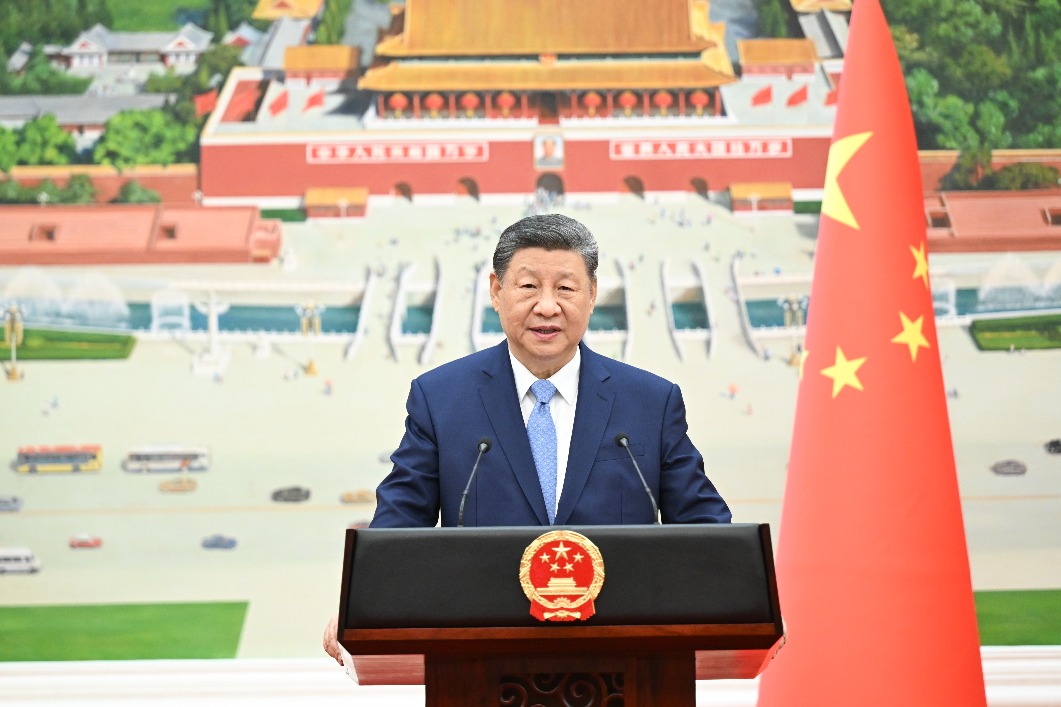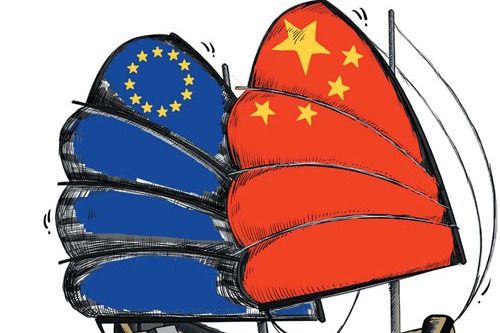Vocational education can solve Europe talent problem


Europe is facing a massive labor shortage. Germany alone, according to reports, could face a shortage of 7 million skilled workers by 2035. This structural mismatch between supply and demand is threatening to derail Europe’s “reindustrialization” ambitions.
While Western governments scramble for solutions, the quiet development of a sector is making a global impact: China’s vocational education system.
Germany, like many of its neighbors, is increasingly looking overseas to fill the labor shortage — recruiting talent, mostly skilled workers, from abroad to keep its industries afloat. But despite offering short-term relief, this reliance on external recruitment is not sustainable in that it fails to cultivate or renew talent within Germany.
Complicating matters are aging populations and declining birth rates in Europe, with the inability of European countries’ domestic education systems to regularize the talent pipeline compounding matters further. Without systemic reform, Europe’s skilled labor crisis could persist for decades.
China, thanks to its rapidly developing vocational education system, could ease Europe’s labor shortage. Through innovative cross-border partnerships such as the “Luban workshop” programs in Portugal, China is helping European countries to not just plug the talent gap but also train skilled workers. In fields such as automation and industrial robotics, Chinese teaching tools, and training models and standards have been integrated into European universities’ programs, producing hundreds of graduates and post-graduates who are working for about 100 local companies.
These initiatives go far beyond simple skill transfer. Programs such as the “Engineering Practice and Innovation Project” promote hands-on learning. Students develop and lead their own technological projects, join international competition teams, and develop cross-cultural understanding in the process. What began as a skills exchange program has grown into a two-way flow of knowledge and cultures, and collaboration, which are not only easing the labor shortage in Europe but also helping European vocational training institutes become self-sufficient.
Rather than imposing Chinese standards, this is a sophisticated, demand-driven collaboration anchored in the shared needs of global industries. From Luban Workshop programs to “craftsman valley” learning tours, China is marrying its vocational innovation and European traditions, bridging not just the skills but also the civilizational gap.
What makes this approach so effective is its ability to align with Europe’s industrial priorities. By working with European partners to co-set curriculums, training programs and industrial standards, Chinese institutions can ensure an education system fulfills local requirements and meets local needs. This makes Sino-European collaboration effective. Over time, such joint efforts help set mutually acceptable training standards, operating protocols, and talent certification systems, laying a solid foundation for long-term industrial cooperation.
On a deeper level, China’s vocational outreach provides a new framework for global industrial partnerships. Globalization of manufacturing is no longer about shifting capacity to low-cost regions; it’s about co-building ecosystems of talent, technologies, curriculums and innovation. Vocational education, done right, can become a strategic asset, connecting schools and businesses across borders, aligning incentives and developing shared value.
Imagine a world where vocational education ignores national borders, where “Luban workshops” promote innovation from Africa to Europe to Southeast Asia, heritage skills like traditional Chinese crafts or European artisanship infuse each other with new life and create new markets, and industrial partnerships creating not only jobs but also understanding. These are but just a few things that vocational education can do.
A Europe wrestling with a growing skilled labor crisis may sooner or later realize that the most sustainable solution to its problem is not in recruiting skilled workers from abroad but in investing in equal partnerships with other economies to enlarge its skilled labor pool from the ground up. In this context, China’s vocational education model offers not just a solution, but a new way forward as well — a model that combines education with cooperation, tradition with innovation, and industry with shared prosperity.
The author is a lecturer at the School of Vocational Education, Tianjin University of Technology and Education. The views don’t necessarily represent those of China Daily.
































